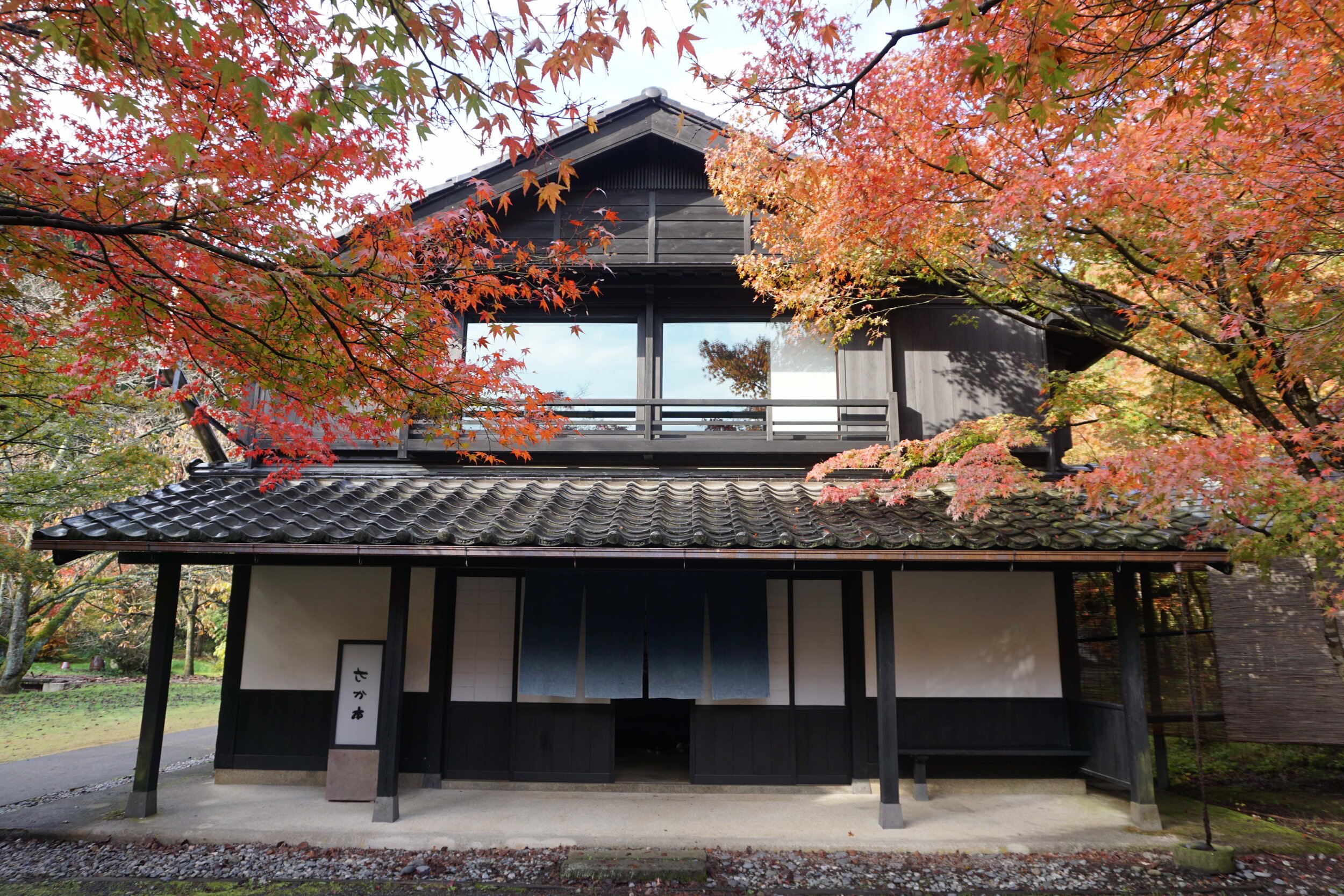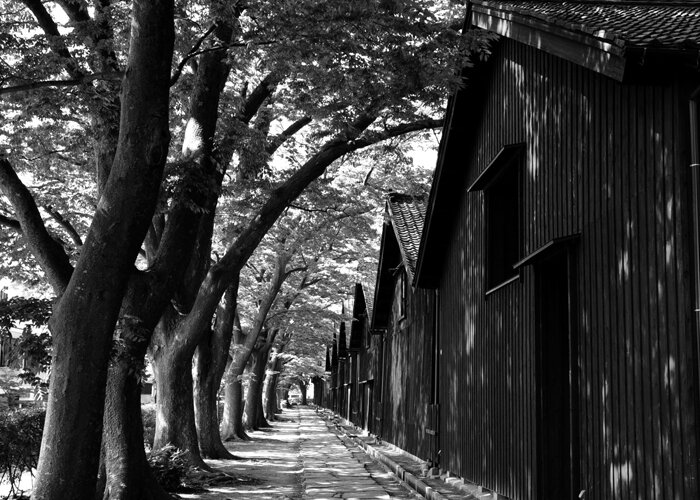Hoping this message finds you well and feeling optimistic as we head into the final month of 2020. This past week I had the delight of attending the 5th Annual “Firefly Ride” hosted by Chad Feyen of the Cycling Embassy of Japan and Freewheeling Japan. About 50 riders came together to light up the night with festively illuminated bikes. We biked for about two hours around the center of the city, spreading cheer and bicycle awareness wherever we went. It was a blast and I cannot wait for the event next year when more cyclists can attend.
Photo Credit: @akitadaisuke
You may recognize the name Freewheeling, I often work with them for bike tours around Tokyo, and a few years ago I partnered with Brad Bennett of Freewheeling Japan to design a bike tour around the Noto Peninsula. You can read more about what we loved from Noto in this post from November 2018.
Over the course of designing the trip, I took multiple trips to the peninsula and found it mesmerizing. As you work your way along the coast, you have the sea glistening on one side and then you have these jet-black roofs gleaming in the sunlight on your other side. The roof tiles are specifically designed for Noto's climate, which needs to withstand both heavy snow and the salt air from the ocean.
In general, the architecture of the Noto Peninsula feels unique, especially compared to what you'll find in Tokyo. But once you are familiar with it, you’ll start to see similarities in other communities along the sea. During the years that Japan was mostly closed off to international trade (the mid-1600s - mid-1800s), internal trade flourished and there were established routes that brought goods from Hokkaido to Osaka where they could be transported onward to Tokyo. The ports where kitamaebune ships (trading shops) stopped developed into very prosperous communities and you can still find large warehouse structures that had been built to house the traded goods. These buildings were what stood out to me most when cycling around the peninsula.
More than a museum, Noto Peninsula showcases a culture that is both living with tradition and embracing change. I love cycling through the villages and seeing wet suits hanging out to dry after the free divers had caught their fair share of abalone and turban shells for the day. Or tasting an experimental sake from one of the local producers that is incorporating new elements into their brewing process. Or visiting the workshop of a ceramist that is upkeeping the tradition of wood-fired kilns.
Wet suits hang out to dry after a morning spent diving in the ocean to collect abalone.
Noto Peninsula is a place that beckons you back. I look forward to making a trip there again once case numbers go down and travel is encouraged again. I’m especially excited about two new additions in the Kanazawa area (where we start the bike tour). The first is a hybrid workshop/museum where you can learn about Kutani-yaki, porcelain unique to the area. And the second is the National Craft Museum, which actually moved from inside the Meiji Jingu Shrine here in Tokyo, to its new home in Kanazawa just this year.
Wishing you a festive holiday season, however you choose to celebrate!









